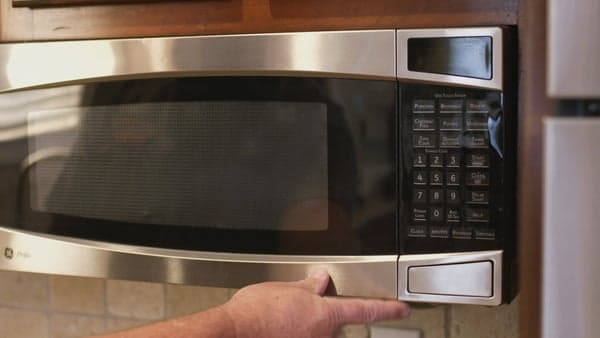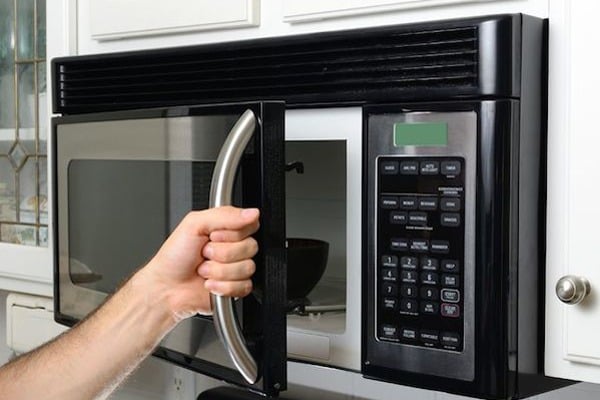
Avoid Microwave Meltdowns: Easy Troubleshooting Tips

Is your microwave not heating, the light not coming on or is it beginning to have a strange smell? We put together some easy solutions for common microwave malfunctions in this troubleshooting guide.
If you and your family are always on the go, then it's quite possible that your microwave gets a lot of attention. So, when you notice issues such as the carousel off its rotation, strange odors or peculiar noises, you probably want to check things out post haste. But before calling (and paying) a repairman, here are a few tips on troubleshooting common issues with your built-in microwave.
Carousel Not Spinning
You're rushing out the door and just popped your cup of coffee in the microwave to warm it up for a few seconds. However, while the microwave sounds like it's working OK, the glass plate turntable and carousel aren't rotating. Once you have time to investigate, remove the glass plate turntable. Check the carousel to see if there are any large food particles or crumbs impeding movement. Wash both the carousel and plate thoroughly. You'll want to pay close attention to the rollers, as food has a tendency to get trapped here without people knowing. Before placing everything back inside the microwave, make sure the interior is also cleaned, paying extra care to the area below where the turntable and plate sit. Once the interior is cleaned and dry, carefully place the carousel back in the microwave and be sure it's aligned properly. Next, place the plate back on the carousel, ensuring the grooves are lined up. If you continue to experience problems with your carousel not spinning then the issue may have to do with your microwave's drive bushing, or motor, in which case you would need to call a repairperson.
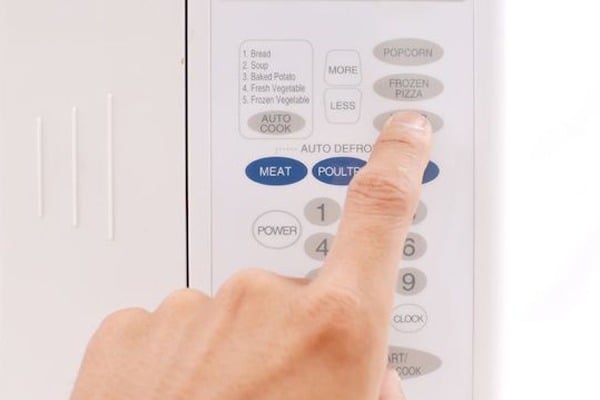
Buttons Not Working
There are several reasons why the buttons on your microwave might not be functioning properly. First, test your touchpad and control panel. Remember, you never want to run an empty microwave, so for testing purposes, place a mug of water inside the microwave. Once you close the door, try pressing each button one by one on your control panel. If you notice some buttons responding and others not, you can either have the control panel replaced by an electrician or try repairing it yourself.
If you decide to go with the latter option, start with unplugging your microwave. Remove the screws at the top of your microwave, which is typically where the fan guard is located. Once the fan guard is removed, you should see your touch panel, which is normally secured by a screw. Be extremely cautious here, as the control panel board is still active and may shock you. Disconnect the wires, and gently tug or push the ribbon cable. Once you've done this, carefully reassemble the parts. This should correct your issues with the control key panel, allowing the buttons and display to function properly. If this doesn't work, then you may need to go ahead and swallow your DIY pride and call a handyman.
Related: Preventing Common Microwave Mishaps
Successfully increased your home's value?
Sounds like a perfect time to find the warranty that fits you best.
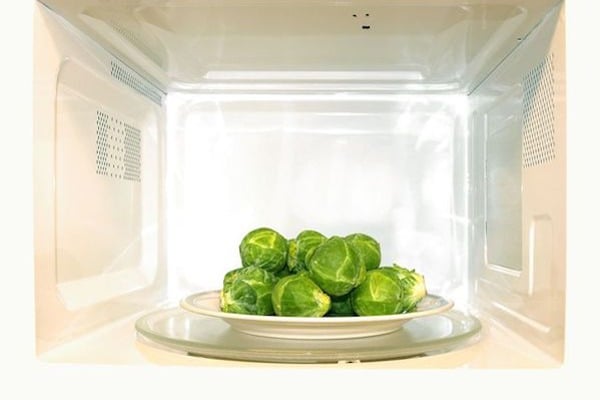
Can You See the Light?
Watch: Home Repair & Maintenance - How To Change Your Microwave Light Bulb
Usually upon opening the microwave door, a light comes on and stays on while your beverage or food item is warming up. If you notice the light inside your microwave is not illuminating, you could simply have a blown bulb. Before checking the bulb, unplug the microwave. If you determine the bulb is indeed blown, identify the type of bulb your microwave uses and carefully replace the bulb with a new one. If you’re still experiencing issues with the interior light not staying on, try using a multimeter to test the light bulb to voltage connection. If the multimeter indicates the voltage connection is faulty, you’ll likely need to switch your control board. If you still notice issues with lighting, it may be attributed to the light socket, which can also be tested with a multimeter.
Related: 11 Things You Should Never Put in the Microwave
Food Not Heating
You've had a long day at work, and all you want to do is heat up that plate of leftover spaghetti from yesterday's Italian feast. You grab the plate, hit "4" and four minutes later your microwave beeps. You take the plate out of the microwave only to discover it's just as cold as it was before you put it in.
A microwave may stop heating for a number of reasons. For one, your diode could be malfunctioning or burnt out. The microwave's diode transforms or converts A/C power to D/C power, doubling the voltage. If the diode burns out, your magnetron is not receiving enough power or voltage to operate. Or your high voltage capacitors and transformers could be burnt out. You could also be experiencing issues from your thermoprotector overheating, which usually happens when it's tripped. To test this possibility, use a multimeter, a device used to calculate electric voltage and current. If you're not seeing stability while testing then it's likely the thermoprotector needs to be replaced. It's best to consult a licensed professional when dealing with these matters.
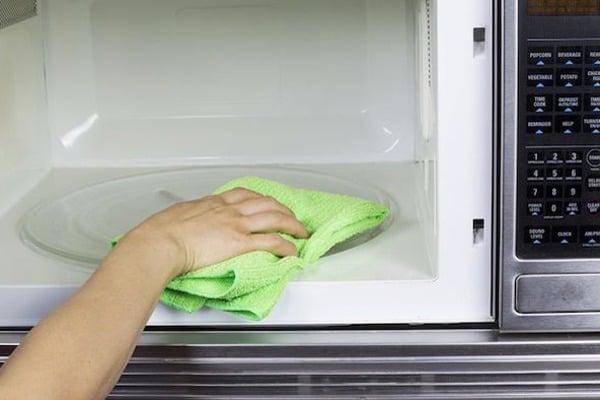
Something Smells a Little Funny
If you're giving your microwave a daily workout, you need to carve out some time to clean it once a week, especially if you're detecting unpleasant odors. After you've wiped down your microwave and its components thoroughly and are still noticing an off-putting odor, your microwave may be experiencing issues that necessitate more than a little freshening up. Are there any burnt odors or strange sounds coming from the appliance? These could indicate faulty wiring in the control panel. Do not attempt to repair the device yourself unless you are certified to do so. Either contact an electrician or purchase a new microwave.
The beauty of the microwave is its convenience. While most of us are quick to purchase a new one when any little thing goes wrong, properly caring for your appliance could allow it to last for years to come. Keep it clean, don’t place unusual objects inside and, of course, never attempt any repairs without first unplugging the machine. If all else fails, your electrician is just a phone call away.
American Home Shield customers can enjoy the convenience of a working microwave without having to hunt down an electrician. See how a Home Warranty Plan can help restore your microwave—or many of your other major appliances and systems—to working order after fizzling out without extra stress on your budget.
AHS assumes no responsibility, and specifically disclaims all liability, for your use of any and all information contained herein.
Related Reading
Don't worry. Be warranty.
Have a plan for your home when things don't go according to plan
Shop Home Warranties